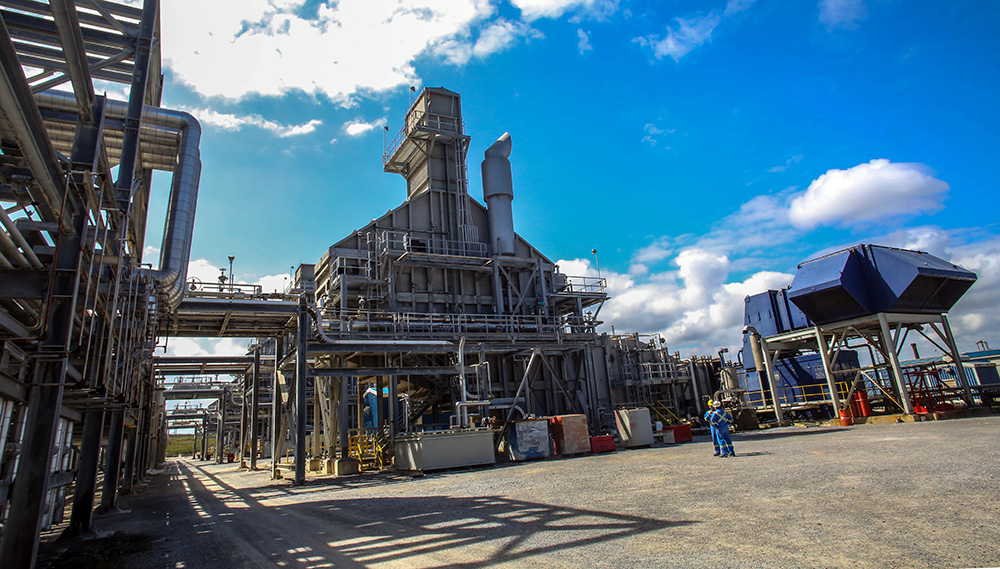AREQUIPA, Peru – The emergency exit of the Santa Cruz 1 plant this Saturday night caused the generation deficit to skyrocket more than expected in the morning report, thus reaching an impact of 1,500 mega watts (MW). About half of the island was in blackout the day before.
He fact transcended on the Facebook page of pro-government reporter Bernardo Espinosa. Previously, the General Director of Electricity of the Ministry of Energy and Mines, engineer Lázaro Guerra Hernández, had already reported a significant impact on the country’s electricity generation capacities.
The largest peak generation capacity deficit was 1,487 MW at 8:00 PM. The line shutdown of the Jaruco Energás Plant due to weather conditions and the load limitation (due to lack of fuel) of unit 3 of the thermoelectric plant in Cienfuegos also influenced the energy outlook.
According to the daily report of the Electrical Union (UNE) of Cuba, this Sunday units 5 and 8 of the CTE Mariel, unit 1 of the CTE Santa Cruz (presumably in the startup process), unit 5 of the CTE Nuevitas and unit 2 of CTE Felton.
Likewise, unit 2 of the CTE Santa Cruz and unit 5 of the CTE Renté are reported for maintenance. In total, there are about seven generating units out of service on the Island.
Regarding distributed generation, the UNE explains that 45 plants are not operating due to fuel shortages, “as well as the Santiago de Cuba lake and engines in the Melones and Regla lake for a total of 485 MW.”
With this forecast, the source specifies, an availability of 2,155 MW and a maximum demand of 3,200 MW is estimated for the peak hour of this October 6, for a deficit of 1,045 MW. If the expected conditions continue, there will be an impact of 1,115 MW at this time and more than a third of the country will be in the dark.
Currently, power outages affect all provinces (although they are worse outside of Havana) and have reached up to 10 hours a day twice a day (around 20 hours in total).
In May of this year, the Cuban ruler, Miguel Diaz-Canelsaid the country would experience “prolonged” power outages until June due to maintenance work on the energy system. This measure, according to the authorities, sought to reduce interruptions during the months of July and August, when consumption is highest.
“We are going to have extended maintenance until the month of June to minimize the annoyance of blackouts in the summer, especially in the months of July and August,” said Díaz-Canel in the sixth episode of his podcast. From the Presidency. The governor made it clear that the total absence of blackouts cannot be guaranteed: “We cannot commit to there being no blackouts. Due to the current conditions of the system, that commitment is not possible now,” he declared.
After the summer months, the energy situation continues to worsen. The blackouts, which exceeded a third of their impact in June, further complicate the country’s already tense energy situation. Power outages affect all provinces, reaching, even in Havanawhere “scheduled” blackouts are implemented by neighborhood.
These blackouts not only deteriorate the economic performance of Cuba, which has been mired in a serious crisis for years, but have also been the trigger for anti-government protests. The most notable ones occurred on July 11, 2021the largest in decades, and most recently on March 17 in Santiago de Cuba and other locations.
















